Strategies for Multiple Disabilities
Below are posts related to Multiple Disabilities strategies.
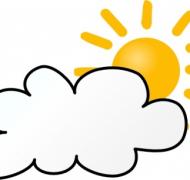 |
Sensory Areas: WeatherThis theme-based multisensory activity helps children who are blind or visually impaired to develop skills in all areas, including literacy, tactile, visual, and auditory skills. |
|
|
Sending Your Child Off for the First Day of SchoolCreate notes in braille or with tactile markers to let your child know that your thoughts are with them on the first day of school! |
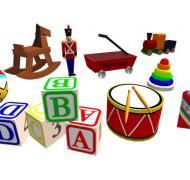 |
Sensory Areas: ToysThese ideas for theme-based multi-sensory activities help children with visual impairments to develop literacy and numeracy skills, as well as visual, auditory, and tactile awareness. |
 |
Sensory Areas: Growth and ChangeThis theme-based multisensory activity helps children who are blind or visually impaired to develop skills in all areas, including literacy, numeracy, tactile, visual, and auditory skills. |
 |
Sensory Areas: HomesThese ideas for multi-sensory activities help children with visual impairments to develop literacy and numeracy skills, as well as visual, auditory, and tactile awareness. |
 |
Electric Toothbrush PaintingA vibrating toothbrush provides sensory input for children with multiple disabilities before performing fine motor tasks, such as drawing or writing. |
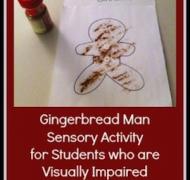 |
Gingerbread Man Sensory ActivityThis sensory activity helps students with visual impairments and multiple disabilities to develop independence. |
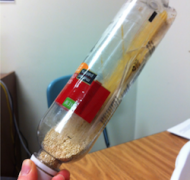 |
Sensory Rainstick for Children with Multiple DisabilitiesThis is a simple activity to reinforce "cause and effect" and to engage children with multiple disabilities in a meaningful sensory experience. |
|
|
Snap, Crackle and Pop Sensory BinThis sensory activity is designed by an OT to help children with visual impairments or multiple disabilities to explore a variety of textures and develop their senses. |
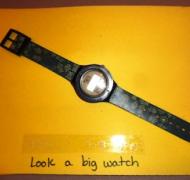 |
Watches: A Tactile Book for Young Braille ReadersThis tactile book uses all different kinds of watches to reinforce concepts such as big and little. |
 |
Lunch Crunch Story BoxThis activity uses real food items along with the book "Lunch Crunch" to make it more meaningful for children who are blind or visually impaired, including those with low vision. |
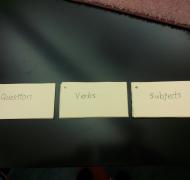 |
Question CardsThis activity is designed to help students who are autistic, including those with visual impairments or multiple disabilities, to develop their critical thinking skills. |
 |
Ice Cube PaintingDesigned by an Occupational Therapist (OT), this activity uses a unique medium to work in and provides special sensory elements to drawing and writing for children with visual impairments or multiple disabilities. |
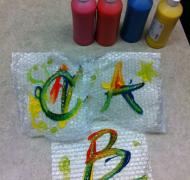 |
Bubble Wrap PaintingThis activity by an OT is a fun way to work on improving fine motor skills and handwriting. |
|
|
Teaching Vocabulary to Use in the CommunityPre-teaching vocabulary is a helpful strategy to enable students who are blind or visually impaired with additional disabilities to get more out of community experiences. |
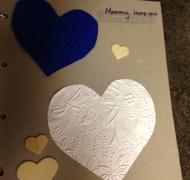 |
Mommy BookThis is a strategy for parents or caregivers who will be separated from a child who is deafblind or who might not understand where the person has gone. |
|
|
St. Patrick's Day ActivityThis braille activity is a good way to celebrate St. Patrick's Day with children who are blind or visually impaired. |
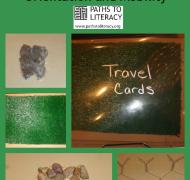 |
O & M Travel Cards and BookCollect items from the environment to reinforce beginning literacy skills during orientation and mobility lessons. |
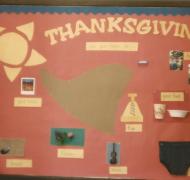 |
What Are You Thankful For?Fun Thanksgiving idea and activity for children who are blind or visually impaired, including students with multiple disabilities |
 |
Tom Makes One PizzaThis activity helps to teach one to one correspondence or the concept of one to children who are blind or visually impaired. |
